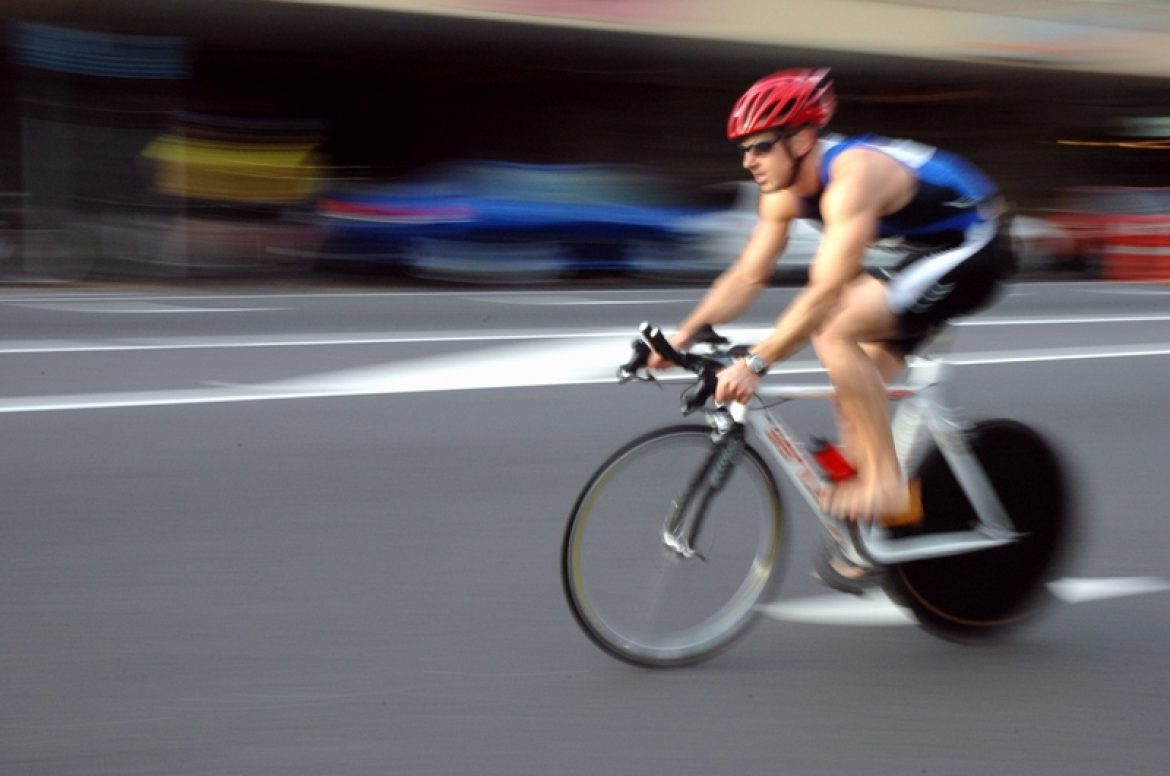You May Be Right, But Cars Are Bigger Than You: How to Stay Safe as a Cyclist

Sure, more and more bike laws and lanes have emerged in the past few decades to make cyclists happy. And especially as the weather warms up, we see many people enjoying this alternative mode of transportation to work, school, and social outings. As bikes have become more common, drivers have learned to better share the road with cyclists. Education (including many advertising campaigns aimed at drivers) is ongoing, usually giving lots of advice to drivers.
However, cars are bigger than bikes and drivers notoriously don’t play nice on the roads. Cyclists can’t assume that they are safe just because drivers “should” be respectful to them on the road. Plus, cyclists equally need to learn better how to share the road with drivers. It’s a two-way pact, and cyclists can’t neglect their side of the bargain.
When sharing the road with other drivers, cyclists need to apply some key safety recommendations to keep themselves safe.
Consistently obey traffic laws.
Drivers get confused and annoyed when cyclists sometimes obey traffic laws and sometimes don’t. You can’t have it both ways. A common example is when bicyclists ride on a sidewalk, the side of the road, or even between lines of cars to get to the front of the line at a red light—and yet still want to be treated as a normal vehicle on the road. Even worse, many cyclists treat red lights like stop signs. To obey the same traffic rules as cars, you need to act like any other vehicle at red lights and stop signs, signal when turning, and stay in your lane.
Wear reflective gear and use lights on your bike.
You never know when you’re going to get stuck late at work or at a social event. Always wear reflective gear and use lights on your bike for riding in the dark. It’s really difficult for drivers to see cyclists at night and you increase your chance of an accident if they can’t see you. Reflective gear and lights are even more essential for your safety on heavily trafficked streets where people drive at high speeds.
Wear a helmet.
This sounds like an obvious tip, but many cyclists neglect this simple safety measure. It’s simple—you’re most likely to die of a head injury if you get into an accident on a bike. A helmet significantly lessens that risk. If you get hit by a car, the force and shock will be sudden. You may go flying a good distance and hit your head on pavement or a wall. Always wear a helmet to protect yourself.
Be especially careful in bike lanes.
Don’t get a false sense of comfort in a bike lane. You might think you’re safe, but you’re not. Bike lanes are just painted lines on the road that drivers may or may not respect. In some cases, bike lanes are more ideal than practical—and you’ll see them sometimes dangerously placed between high-speed car lanes and turning lanes in heavy traffic. It’s so easy for a distracted driver to veer into the bike lane or not see you because of their blind spot. Ride bike lanes with as much caution as a normal road.
Take out your earbuds.
You may feel young and hip on your bike, racing around listening to streaming music or the latest podcast on your earbuds. However, you’re still an exposed, fragile human being on a tiny vehicle compared to the giant vehicles all around you. Awareness of your surroundings—including hearing what’s behind and all around you—is essential for your safety. Listen to music or podcasts later. When you’re riding your bike, enjoy the sounds of your surroundings and listen instead to potential dangerous situations forming around you.
—
Basically, these tips amount to common cycling sense. But they are easy to neglect because biking feels more like a lifestyle that drivers around you should respect. You’re a vehicle like any other on the roads, but way more exposed to danger and injury. Stay safe by respecting the same laws that drivers must follow and stay aware of your surroundings as much as possible.
Injured in a cycling accident, or are you a driver involved in an accident with a cyclist? Call us for a free consultation.
